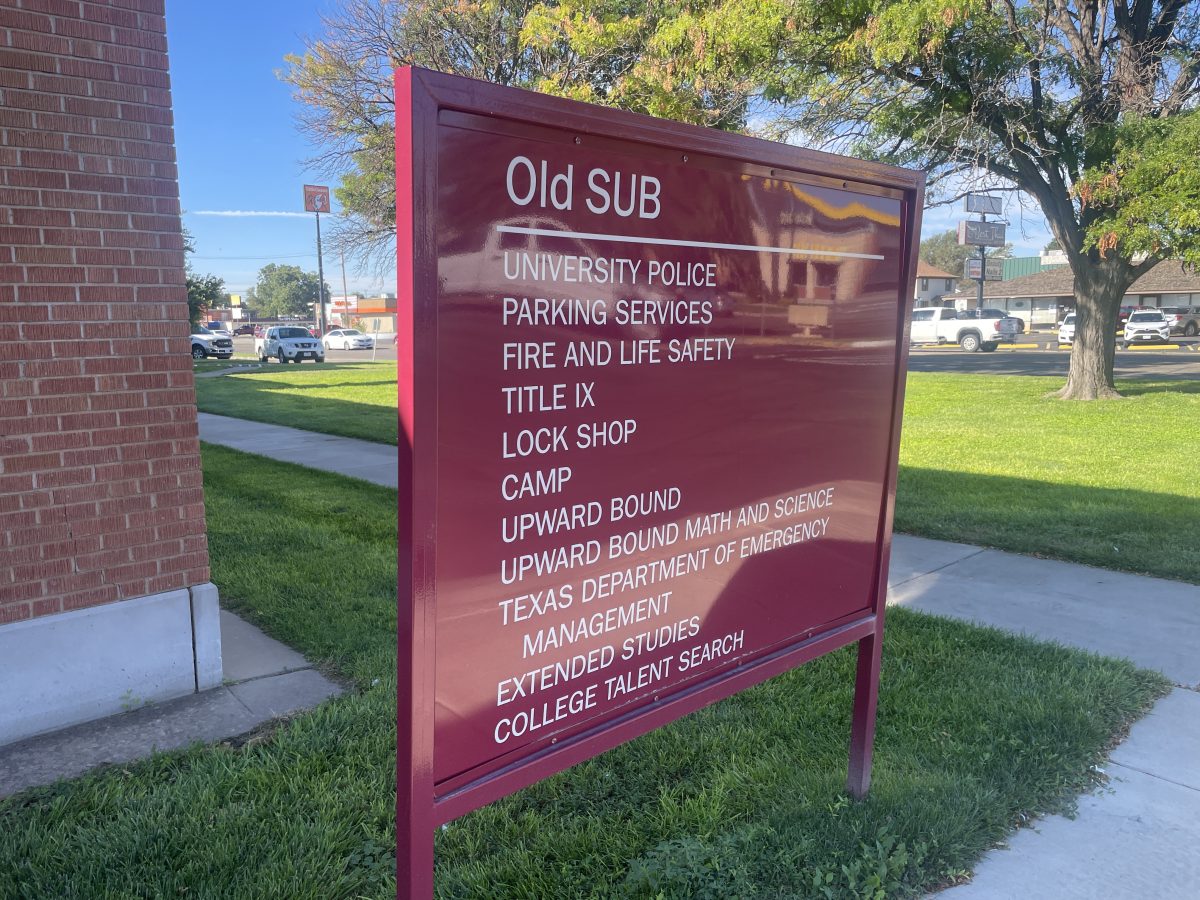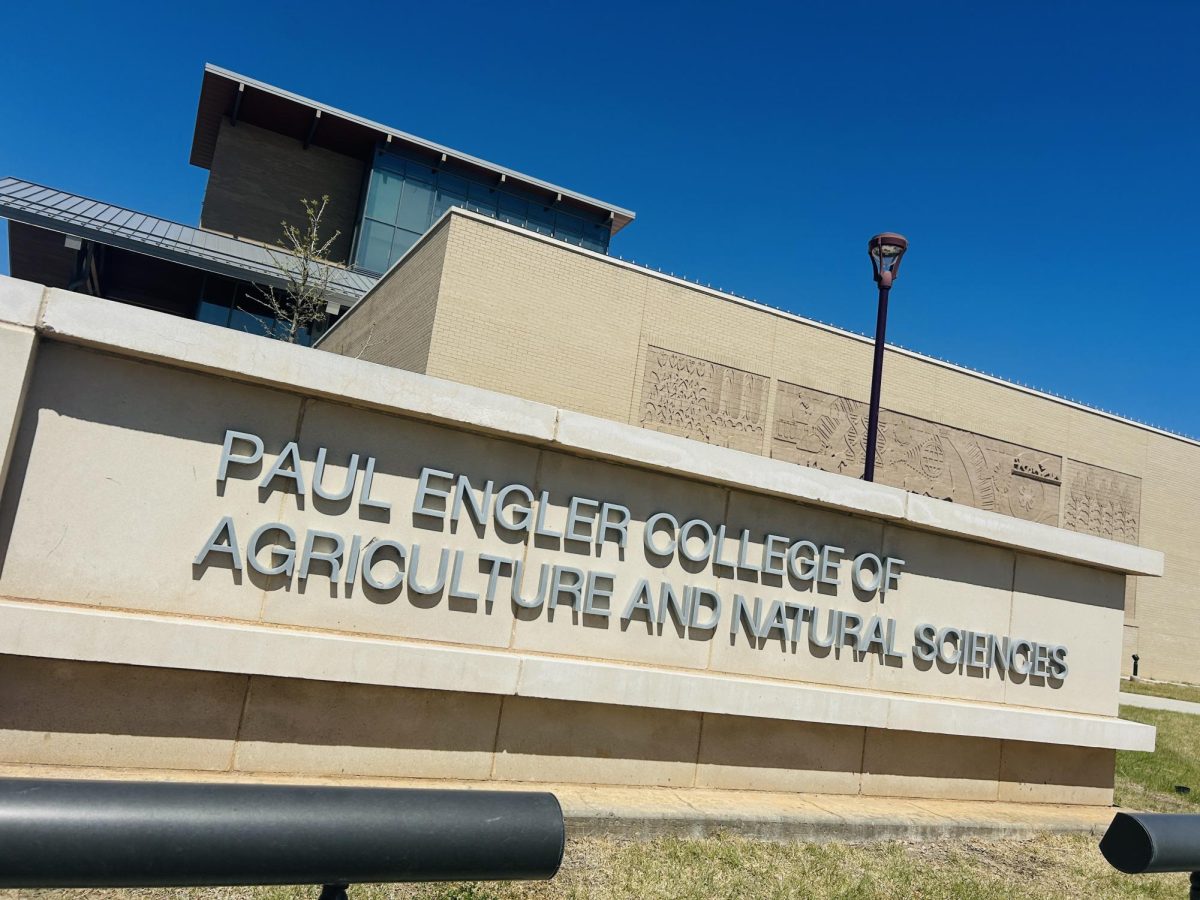The U. S. Fish and Wildlife Service ruled a restriction on the hunting of certain exotic species living on hunting ranches across Texas.
Information from the 2006 National Survey of Fishing, Hunting, and Wildlife – Associated Recreation showed there are 1.1 million hunters that come to, or live, in Texas and spend about $2.2 billion on expenditures. Results from the Agricultural and Food Policy Center (AFPC) at Texas A&M University show that from the hunting section of this survey the exotic hunting industry alone has a $1 billion economic impact in Texas.
According to the Humane Society of the United States (HSUS) website, the HSUS filed a lawsuit in 2005 over the exemptions under the Endangered Species Act that allowed the captive hunting of the dama gazelle, scimitar horned oryx and the addax. According to the IUCN Red List of Threatened Species, these animals are critically endangered or extinct in their native lands, but information from the Exotic Wildlife Association shows that these animals are thriving on the 637 exotic hunting ranches Texas Parks and Wildlife surveyed.Information from the Exotic Wildlife Association website showed that under the exemption, land owners were able to sell surplus animals in their herds for profits that will contribute to expenses required to maintain the rest of the herd. The new ruling, declared by the U.S. Fish and Wildlife Service, shows ranch owners will no longer be allowed to breed, transport or harvest any of these three species without the required permits necessary to do so that come with annual fees. Prior to the ruling, no permits were necessary for these three species for transporting and selling for hunts.
According to the All About Exotics website, it appears the new permitting system will act much like those currently available for other endangered species. All About Exotics shows permits for these animals generally take a minimum of six months to acquire and violations of the permitting system come with harsh penalties due to their direct violation of the Lacey Act. This is one of the reasons most current ranch owners of the oryx, addax and dama species are choosing to sell all of their current stocked herds, according to All About Exotics’s web page.
“The ruling is not good for the three species. As a result of the ruling, we have already taken more of these animals in the past month than we took in my ten years of outfitting. We have multiple hunts scheduled over the next month to kill out what we have of our remaining herds,” said Michael Marbach, executive director of COA Outfitters.
He said Texas Parks and Wildlife puts a lot of pressure to maintain habitat for wildlife.
“If we have a species that continues to propagate on our properties, we are taking away from the food and water sources for the other animals.” Marbach said. “Without being able to keep our herd at a quality level. We will not be able to allow these animals to range free on our properties.”
According the The HSUS’s website, this is their first step to put an end to captive hunting, which is considered hunting inside of a high fenced enclosure that prohibits the animals from escaping the property easily. Their goal is to end captive hunting and eventually all forms of hunting, HSUS’s web page shows.
The “60 minutes” video by CBS News about the species ruling shows animal rights groups claiming that the hunts are too easy. “I don’t think you create a life to shoot it,” said Priscilla Feral, president of Friends of Animals.
“I don’t want to see their value in body parts,” Feral said on the video. “If they are only created to be hunted, I don’t want to see them exist in Texas.”
The “60 minutes” video shows that Feral owns a reserve in the native land of the scimitar horned oryx that contains currently 175 oryx to be used to help build the species back up in their native land, the Sahara desert in Africa, where they were currently presented as extinct by the IUCN Red List of Threatened Species.
Information from the “60 minutes” CBS news video reports that ranches, as the one showed in the video, only allow 10 percent of a herd to be culled. The profits made from selling that 10 percent to trophy hunters will help pay for expenses required to maintain the remaining animals of the species.
The Exotic Wildlife Association webpage shows they are sponsors of the Sahara Conservation Fund, whose mission is to reestablish these three species back in their native land of the Sahara desert. Funds for the materials needed to establish reserves in the species’ native land are developed through excess hunts Exotic Wildlife Association members are able to contribute, according to the Exotic Wildlife Association web page.
“The HSUS’s motivation on the surface is to save any and all animals. Doing so in this way they have signed a death warrant,” said Gary Mobley, owner of the Mobley Ranch.
“The only motivation to save a species is allow hunting and attach a monetary value to the animal,” Mobley said. “If you can’t sell the animal for profit, why raise it?”
According to Texas A&M University’s AFPC report, the exotic wildlife industry in Texas supports 14,383 jobs. With the new restrictions being placed on these particular exotics and the high rate of ranch owners selling their remaining stock, it could hurt the future profits of the ranches and affect employment opportunities for the exotic wildlife industry. More information on the ruling is at the U.S. Fish and Wildlife Service’s web page at www.fws.gov.















